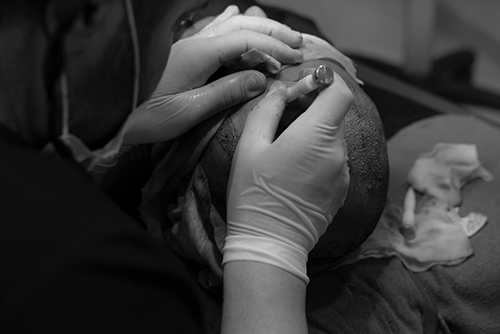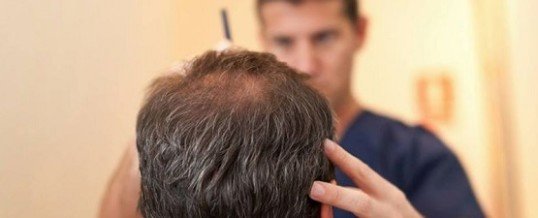Early History Of Hair Transplants

Many people do not understand how hair transplant surgeries actually work. When they’re asked to think about it, many assume there is some highly advanced technology involved in the process. To some degree, this is correct. Technological advancements have permeated many fields over the last few decades, and hair transplantation is no exception. The latest hair transplant technology has made the hair transplant procedure more accessible and more affordable for more people suffering from hair loss than ever before.But this wasn’t always the case. As with many other advanced medical procedures that are taken for granted today, the field of hair transplantation had humble beginnings. Sometimes it takes a little perspective to truly appreciate the progress that has been made in any area of life. With that being said, here is a look at the early history of hair transplant procedures. Readers may rest assured, though, that St. Louis hair loss replacement specialists are using methods much more advanced than those listed below!
First Hair Transplant Surgery
Though there is some debate over its authenticity, the first written record of a successful hair transplantation procedure was published in Germany in 1822. Specifically, this is considered by some to be the first record of successful transplantation to treat baldness in humans. The early 19th century German surgical operation was recorded by a medical student named Diffenbach, who performed the surgery with his professor, Dom Unger. They had previously experimented with hair transplantations in humans and animals. Although this surgery was reported to be a success, there were no further successful attempts at hair transplantation surgery for about a hundred years. The modern hair transplantation surgical procedures were created in Japan in the 1930s and 1940s by Dr. S. Okuda, but it was not until after World War II that they came to the United States. In the U.S., it was Dr. Norman Orentreich who in New York City in 1952 performed the first successful hair transplant surgery for male baldness. Even at this recent stage, many people in the medical community did not believe the results reported by Dr. Orentreich. Hair transplantation was still considered to be a pipe dream by many in the medical community.
Large Grafts, Poor Results
While Dr. Orentreich was actually successful in 1952, his results were not published and accepted for several years. He coined the term “donor dominance,” a term that basically explained the reality that hair grown after transplantation would continue to have the characteristics of the hair from where a sample was taken. Though Dr. Orentreich had truly broken new ground in the field of hair transplantation, the results he achieved were poor by today’s standards. This is because his hair transplants, and the hair transplants for many years after, were done using 4-mm hair graft sizes, which is about the width of a fingernail. By modern hair transplant standards, these are very large grafts. The large graft size caused results that were not aesthetically appealing by modern standards. These large grafts were commonly known as hair plugs.
Mini-Micro Grafting
A big change occurred in the world of hair transplantation in 1984 with the introduction of mini-micro grafting. Mini-micro grafting is a process where surgeons use much smaller grafts (micro-grafts) of 1-2 hairs. The smaller grafts created a result that was much less obvious and much more successful in a cosmetic sense. Mini-micro grafting was the standard in hair transplantation until the advent of better techniques in the mid 1990s.









